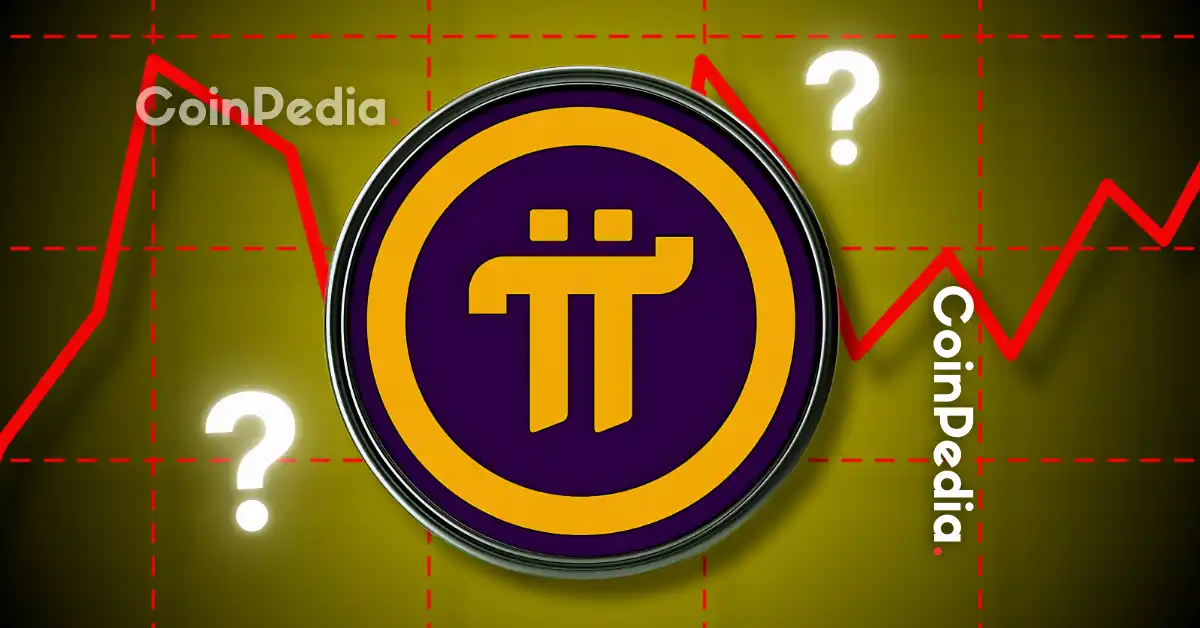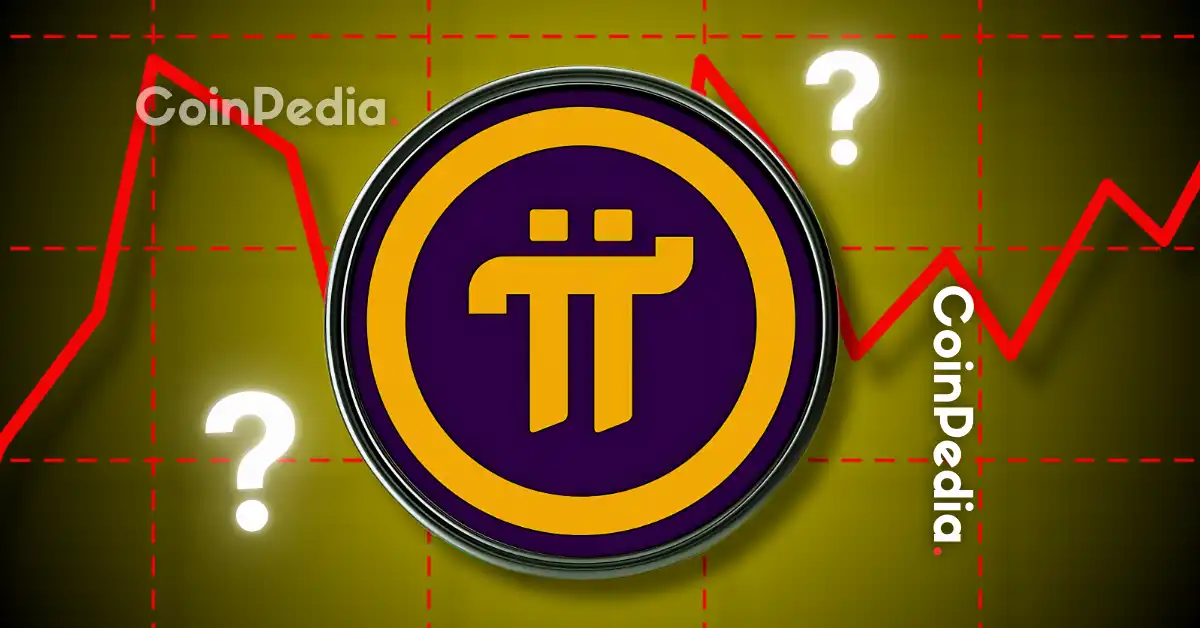The Evolution and Future of Pi Network: A Comprehensive Analysis
Introduction
The cryptocurrency landscape is constantly evolving, with new projects emerging to challenge the status quo. Among these, Pi Network has carved out a unique niche by enabling users to mine cryptocurrency directly from their smartphones. This innovative approach has garnered significant attention, but the project’s journey has been marked by both enthusiasm and skepticism. This report explores the latest developments within the Pi Network ecosystem, focusing on its growth, challenges, and future potential.
The Surge in Applications: A Thriving Ecosystem?
One of the most notable recent developments within the Pi Network is the surge in the number of applications available on its platform. Reports indicate that the ecosystem now hosts over 21,000 applications, a substantial increase that suggests growing developer activity and user engagement.
Pi App Studio: Empowering Developers
A key driver behind this surge is the Pi App Studio, a no-code or low-code development environment designed to make app creation accessible to a broader audience. This platform has democratized app development, allowing users with limited coding experience to contribute to the ecosystem. The Pi App Studio has attracted tens of thousands of users, resulting in a diverse range of applications across various categories.
The democratization of app development has the potential to foster innovation and create a vibrant ecosystem. By lowering the barrier to entry, Pi Network has empowered a wider range of individuals to contribute to the network’s growth. This approach not only encourages innovation but also increases the likelihood of unique and useful applications being developed.
Ecosystem Directory Staking: Community-Driven Curation
Another innovative feature within the Pi Network ecosystem is the Ecosystem Directory Staking system. This mechanism allows users to stake their Pi tokens to support and promote specific applications. By doing so, users can signal their support for applications they find valuable, increasing their visibility and providing developers with a form of validation.
The Ecosystem Directory Staking system serves multiple purposes. It incentivizes users to actively participate in the ecosystem’s growth, increases the visibility of promising applications, and provides developers with a form of validation. The reported amount of Pi staked through this system demonstrates a significant level of engagement from the community.
AI Integration: Exploring New Frontiers
The Pi Network is also venturing into the realm of Artificial Intelligence (AI). The release of an AI application platform is a bold move that positions Pi Network at the intersection of blockchain and AI technologies. The intention is to leverage AI to solve real-world problems and provide users with opportunities to engage with and contribute to AI-powered applications.
The integration of AI into the Pi Network ecosystem could unlock new use cases and attract a new wave of developers and users. By combining the power of blockchain with AI, Pi Network has the potential to create innovative solutions that address real-world challenges.
Whale Activity and Market Dynamics
Beyond the app ecosystem, there have been reports of significant whale activity within the Pi Network. Large holders of Pi are reportedly moving substantial amounts of the cryptocurrency, triggering speculation about potential price movements. Analyzing whale activity can provide insights into market sentiment and potential future trends.
However, it is essential to interpret whale activity with caution. The motives behind these transactions can vary, and it is often difficult to determine the underlying reasons. Whales might be accumulating, distributing, or simply rebalancing their portfolios. Therefore, it is crucial to consider whale activity in conjunction with other market indicators and fundamental developments within the Pi Network.
The Price Volatility Question
Despite the positive developments surrounding the app ecosystem and user engagement, Pi’s price volatility remains a concern. Fluctuations in price raise questions about the utility and traction of the token. A stable and predictable price is essential for fostering trust and encouraging wider adoption.
Mainnet and Market Impact
The launch of the Pi Network Mainnet on February 20, 2025, was a significant milestone. This event allowed Pi Coin to be traded on exchanges, marking a transition from a development phase to a functional and tradable asset. The mainnet launch often has a significant impact on a cryptocurrency’s price, as it signifies the establishment of a functional network.
The Promise of a Comeback
Following a period of decline, there are signs that Pi Network is poised for a potential comeback. Technical indicators suggest oversold conditions and a potential breakout, fueling optimism among some investors. However, it is essential to approach these predictions with caution, as they are highly speculative and depend on various factors.
Doubts and Criticisms
Despite the positive headlines, Pi Network continues to face its share of criticism. One common concern revolves around the actual utility of the Pi token. Skeptics question whether there are enough real-world use cases for the cryptocurrency to justify its value. The success of Pi Network hinges on its ability to demonstrate tangible benefits to its users and create a sustainable ecosystem that goes beyond speculative trading.
Another challenge is the centralized nature of certain aspects of the Pi Network. While the project aims to be decentralized, some critics argue that it still relies heavily on a central authority, which could pose risks to its long-term viability. Addressing these concerns will be crucial for the project’s long-term success.
The Path Forward: Open Mainnet and Beyond
The future of Pi Network hinges on several key factors, including the successful transition to an open mainnet, the development of robust and useful applications, and the establishment of a strong and engaged community. The open mainnet is crucial for decentralization and wider adoption. It will allow anyone to participate in the network and contribute to its growth.
Ecosystem Development and Partnerships
The development of a diverse and thriving ecosystem is equally important. This requires attracting talented developers, fostering innovation, and creating partnerships with other businesses and organizations. The Pi App Studio is a promising step in this direction, but it needs to be complemented by other initiatives, such as developer grants, hackathons, and educational programs.
The Dream of $500-$1,000
Some analysts predict that Pi could potentially reach $500-$1,000 by 2030, which would represent a substantial return for early believers. However, these predictions are highly speculative and depend on several factors, including the successful launch of the open mainnet, the widespread adoption of Pi, and favorable market conditions.
A Cautious Conclusion: Potential and Peril
Pi Network presents a fascinating case study in the world of cryptocurrency. It has successfully built a large and engaged community, democratized app development through its Pi App Studio, and ventured into innovative areas like AI integration. These are all positive signs that demonstrate the project’s potential.
However, Pi Network also faces significant challenges, including price volatility, questions about utility, and concerns about centralization. Overcoming these challenges will be crucial for the project’s long-term success. Whether Pi Network can deliver on its promises and achieve its ambitious goals remains to be seen. Investors and users should approach Pi Network with a balanced perspective, acknowledging both its potential and its inherent risks. The road ahead is paved with both opportunities and obstacles, and only time will tell whether Pi Network can navigate it successfully.












